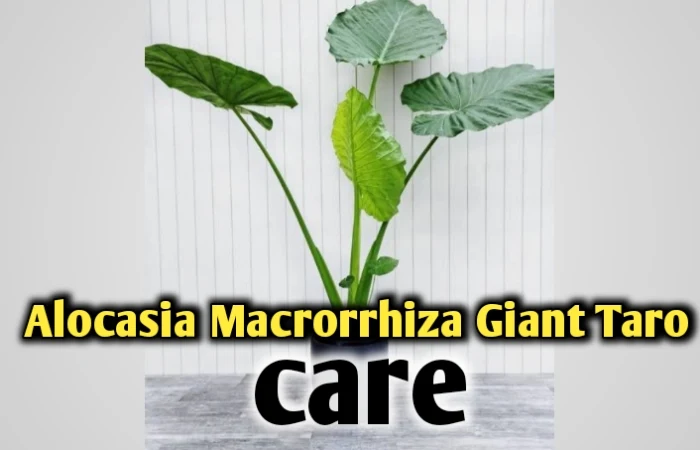Philodendron White Wizard care : Complete Guide to Save them
Philodendron white wizard care is not so tuff. You may think it’s complicated and time-consuming. But following my exact procedure below you will find it super easy to care for.
The white wizard plants are very low-maintenance and easy to care for. Philodendron white wizard care demands at least 5-6 hours of bright indirect sunlight to stimulate its healthy leaf development and variegation. Then, the plant must not be over-watered or under-watered. Besides, let the soil almost completely dry out before you water them again. Lastly, the soil should be properly fertilized and the pot must have a good drainage system.
After proper care, your white wizard will appear with its healthy and unique leaves and flowers that will make a special appearance in your house or garden. Now let’s discuss the process in more detail.
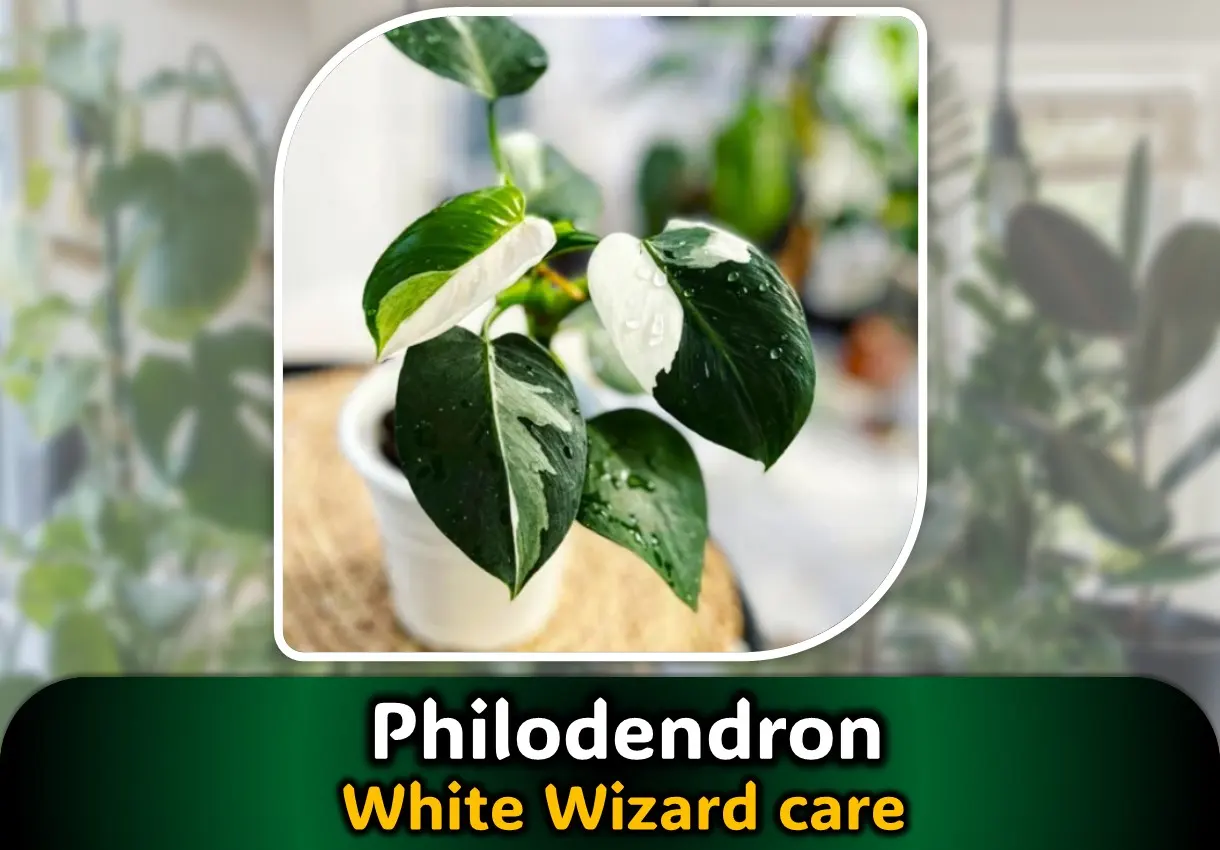
Philodendron white wizard overview
White wizard is always chosen as a house plant because of its unique appearance. Take a quick view of some basic characteristics of it here.
| Common name | White wizard plant |
| Scientific name | Philodendron white wizard, Philodendron erubescens. |
| Native | Tropical rainforest of Central America and South America. |
| Family | Areacea. |
| Plant type | Perennial and vine. A climbing and fast-growing plant. It can climb up a moss pole indoors also. Again, healthy plants grow faster. |
| Mature size | 8-11 feet long as an indoor plant. |
| Types of leaves | Large, slightly heart-shaped and green in color with creamy white variegated. |
| Sun exposure | Prefers bright, partial and indirect. |
| Soil type | Slightly acidic, moist and well-draining. |
| Flower | White and green and very rarely bloom. |
| Bloom time | Spring and summer |
| Toxicity | Toxic to animals if eaten. |
Philodendron white wizard care
As the philodendron white wizard is an extremely low-maintenance plant, its caring guidelines are very easy to handle and not time-consuming at all. So, anyone who is busy with their daily schedule also can care for this plant easily. Here are some comprehensive details given below.
Light preference
Keep the white wizard plant in a sunny place from where it can get bright and indirect sunlight as they thrive best in that. You can keep it near a south-facing window.
They prefer as much indirect sunlight as you can give them. It encourages their growth and brings the best out of their variegation. Keep in mind that the variegated areas can burn easily in direct sunlight, so a corner of a bright window is a great place for them.

Watering schedule
No daily watering is required for the plant. You can water it once a week or when at least 50% of the top of the soil is dry. You can check it with your finger or a thin bamboo stick if the soil is 50% dry or not.
Make sure that you do not over-watered it. You can leave it for another week if you are in any doubt, as the plant is really sensitive to overwatering.
Fertilizing method
Frequent fertilizing is also not required at all. Fertilizing the plant once a month in spring and summer is enough to encourage its growth.
Besides, liquid fertilizers are much preferable to them. So, you can feed an organic, rich and balanced liquid fertilizer. It’s not essential to fertilize them. But they will grow quicker if you do. Make sure that it is well diluted to avoid fertilizer burn.
Soil preference
Choosing the correct soil is important. You can use a rich in minerals, and slightly acidic and well-draining potting compost for the best growth. The soil must be moist but not soggy at all as the plant hates soggy soil.
You can add at least 20% perlite to normal potting soil to aid the drainage system. A mix of orchid bark with perlite and normal potting compost is very effective. You can also make your soil according to the requirements.
Repotting
Sometimes, repotting is much needed for any plant for better growth. Repotting of the white wizard plant can be done in the spring if required. You should check out the plant in early spring by taking it out of its pot. If the roots are getting crowded in the potting mix, then re-pot it in a bigger size pot to give it enough space to grow over the growing season.
Pruning
Though the white wizard does not require frequent pruning. You can check your plant and trim or, cut off the dead or, diseased parts of the plant like leaves, stems, roots, etc. at the initial stage, to avoid further spreading and for better growth.
Humidity maintenance
Normal or, 50% humidity is great for better growth. Up to 60% humidity or, over is fine too as they are tropical houseplants. They can thrive in higher humidity also. But humidity should not be much higher. It can slow down their growth.
Maintaining temperature
Normal room temperatures are fine. About 18°C to 27°C (64°F to 81°F) is an ideal temperature for daytime. But it should not be less than 12°C at all as they can not survive. Try to keep them at least above 12°C (54°F) at night. You have to try to keep them away from cold drafts in winter and keep the room warm as required.
Controlling common diseases
You should check and keep an eye on the leaves and stems of the plant whether they are suffering from sunburn, leaf-curling, or being attacked by some insects, pests, fungi, etc. or, not. If any of the problems are seen, cure them accordingly at the initial stage to avoid further damage.
Effect of improper care on the philodendron white wizard
As you are learning how to care for your white wizard, your plant may face some problems if they are not properly cared for. Your plant may encounter at least one of these problems given below. If your plant faces any, nothing to worry about. The problems can be bounced back easily.
Attacking of common pests
- If the plant is not properly cared for, the most dangerous effect is the attack of the pests. When it comes to pests, some common houseplant pests like spider mites, thrips, fungus gnats, and scale can all happily take up residence in this tropical plant if given a chance.
- In this case, treat your plant with an appropriate insecticide or, neem oil at the initial stage of an infestation.
Leaf spots
- The white wizard can also develop fungal or bacterial leaf spots which may appear as small yellow or red or orange or brown spots on its leaves. If you notice the spots, a few steps should be taken.
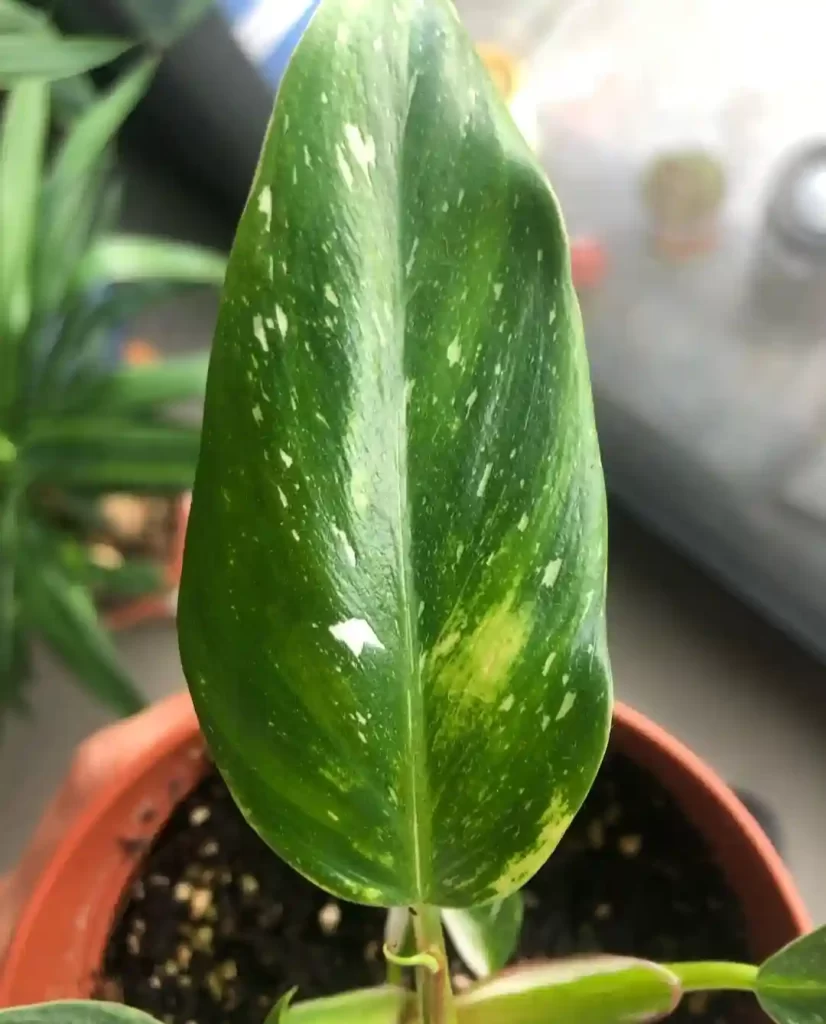
- Firstly, place your plant away from other houseplants to prevent the disease from spreading to others. Then treat your plant with a copper-based fungicide to resist the disease. Next, reduce humidity around the plant until the leaf spot has resolved as humid conditions provide the perfect environment for fungus and bacteria to grow and thrive.
Sunburn
- The white wizard can be faced sunburn problems if you do not check the lighting conditions properly. As the plant hates indirect sunlight, the sunburn effect can be seen on the leaves. The sunburn effect may also damage the whole plant.
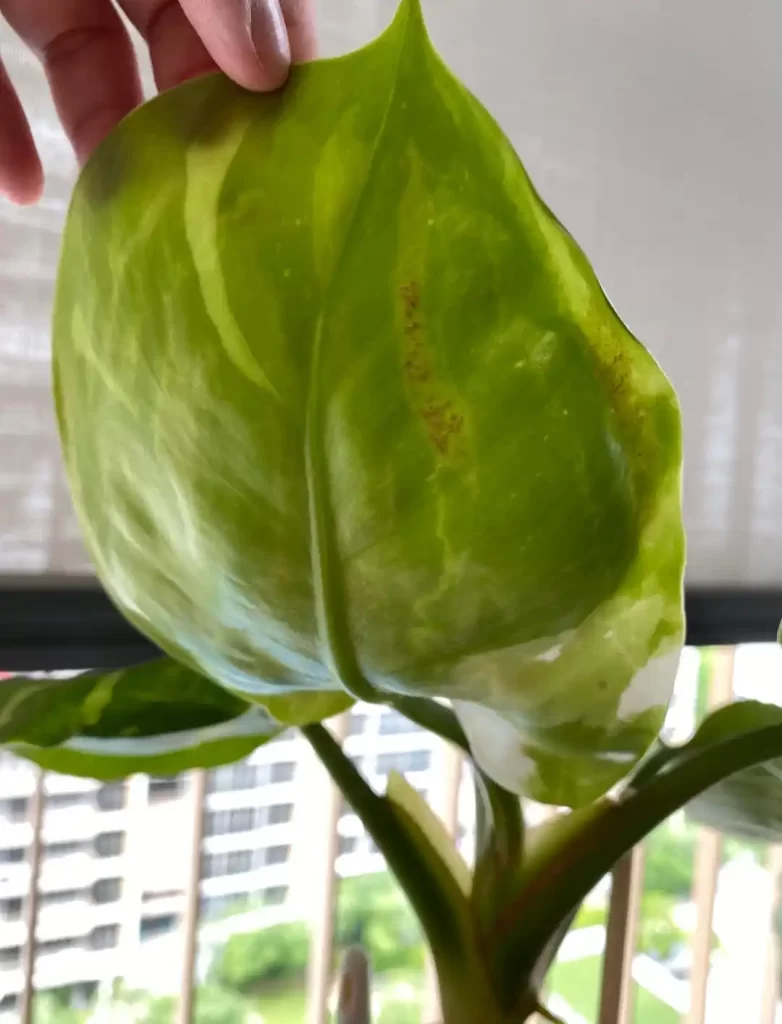
- To prevent sunburn, place your plant in a place where it does not get any direct sunlight at all. But make sure that they get enough indirect and bright light.
Root rot
- As the white wizard hates to sit in soggy soil, it can easily develop root rot if it is overwatered. Root rot can also damage the whole plant quickly. So, try to cure it from the very beginning.
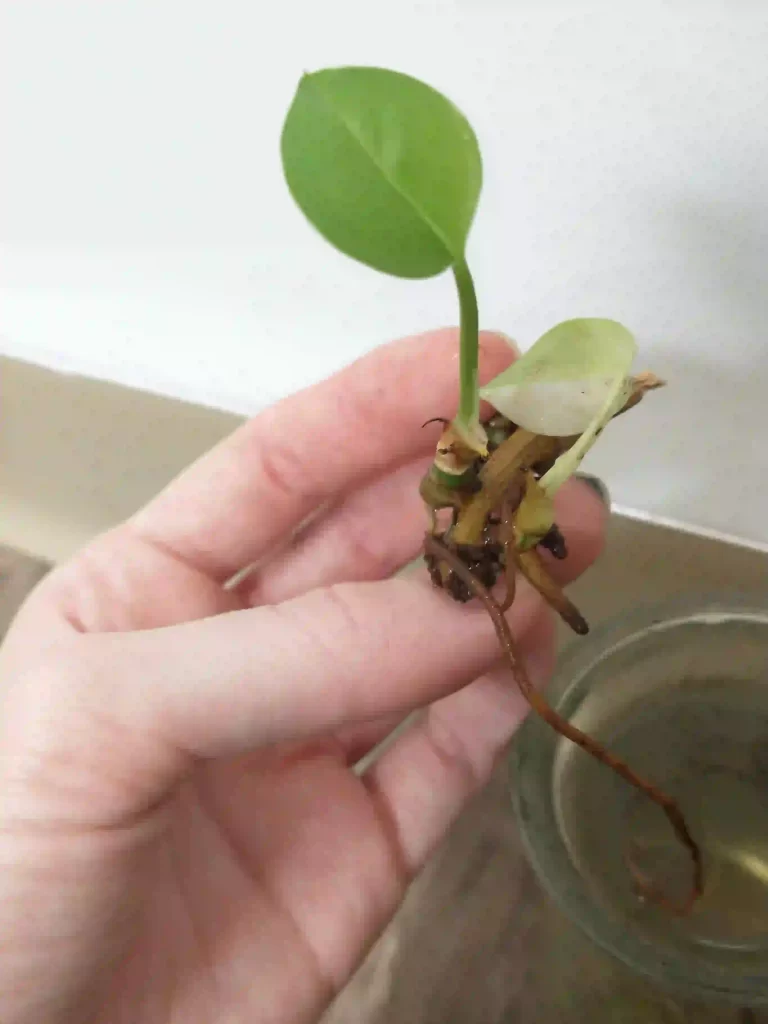
- If so, make sure that your plant has adequate drainage. Ensure that always use a pot with good drainage holes and allow the potting mix to dry enough (at least 40-45%) between watering schedules.
Leaf curling or, yellowing
- Sometimes yellow leaves are just the old leaves that are dying off. But other times yellow leaves can be an indication that something is not quite right in the surroundings of the plants. If the leaves are curling or turning yellow, the most common reasons are lack of bright light and under watering.
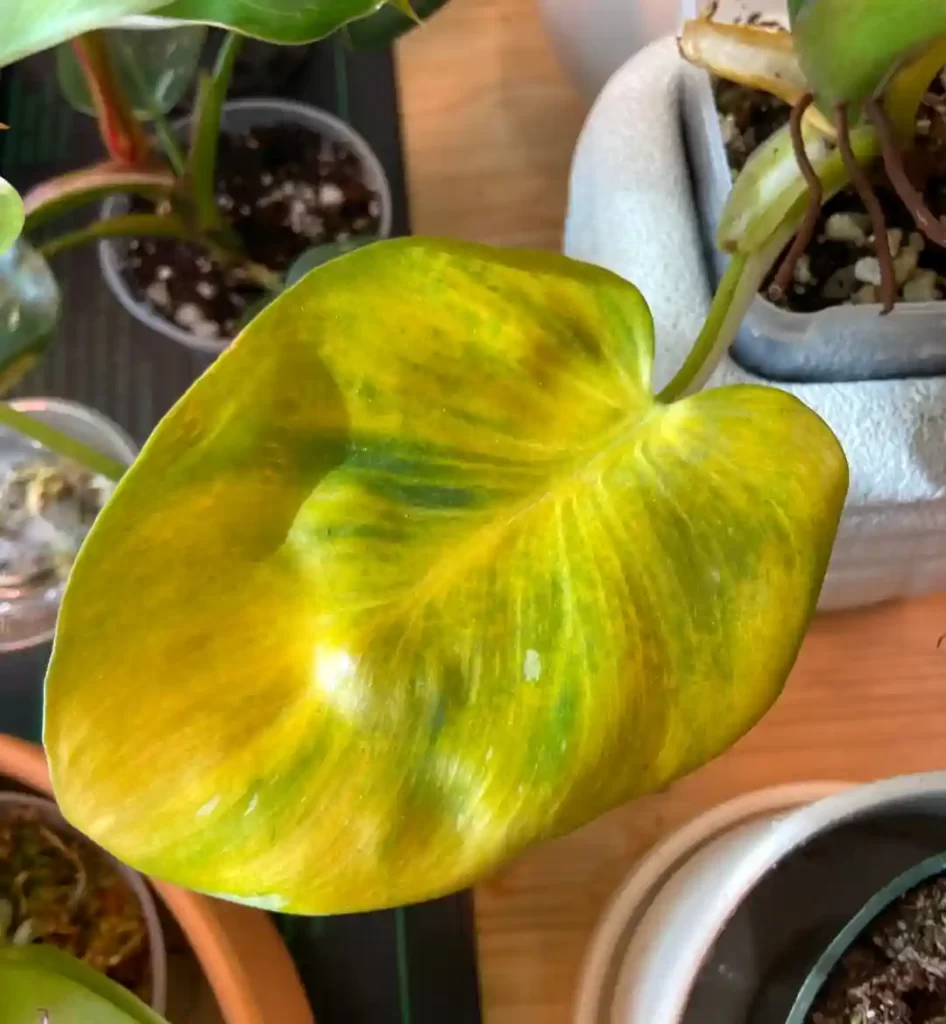
- If so, check out the growing environment of your plant to determine what the issue is and cure them accordingly.
Leggy growth
- Leggy growth is another indication that your white wizard needs more bright light. But unfortunately, leggy growth cannot be reversed.
- Still you can take some steps to ensure that the new growth goes back to normal. To do so, move and place your plant in a brighter location or place from where get enough bright and indirect sunlight and keep checking for some days if it gets adequate light or not.
Lack of white variegation
- If the plant is looking a little lackluster and not putting out the brilliant white variegation for which it is so famous, it may be because the plant is not receiving the right amount of light.
- To ensure the proper white variegation, it should be located directly in front of or within a few feet of a bright window but not directly in the sunlight. If you don’t have enough space to give enough light, you can add artificial growing light into your setup to manage enough light to begin exact variegating.

Leaves browning
- Like many other variegated varieties, the white wizard also needs better and sufficient lighting conditions. In case of insufficient and dull sunlight, the color of its leaves can also fade and become brown instead of bright white color on the leaves for which it is known for.

- To prevent this problem, place your plant in a brighter place from where it can get enough bright and indirect sunlight and starts variegating.
Final thoughts
The beautiful and unique white wizard plant with its green and creamy white variegated leaf may be attractive to all. So, one can easily take care of his plant in his house to increase the beauty of his house.
- Make sure the plant gets enough bright lighting conditions.
- Ensure that it does not get any indirect sunlight at all.
- If the plant is attacked with any fungus or bacteria, cure them accordingly at the very beginning to prevent damage.
Understanding all the points, he just needs to take little care and precautions with the plant to avoid damage. This plant will give a fresh feeling to your mind and your house as well. So, give it a try to grow this extraordinary plant to decorate the house.

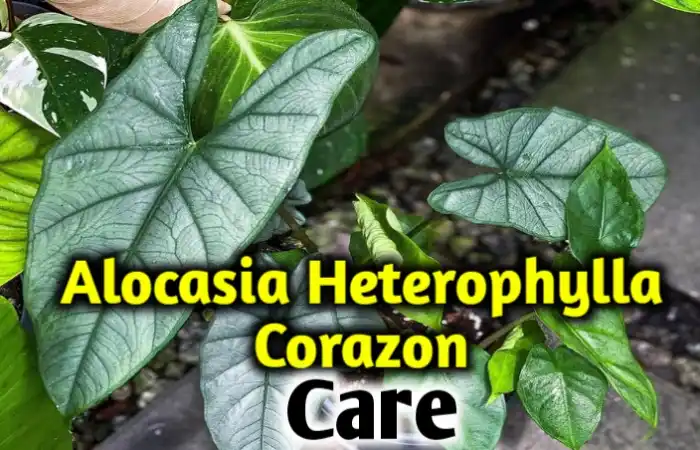
![How to water Peace Lily while on vacation [Pro Tips]](https://diaryforgardening.com/wp-content/uploads/2022/09/Peace-lily-watering-on-vacation.webp)
![Alocasia Infernalis care, propagation, leaves problems [All you need to know]](https://diaryforgardening.com/wp-content/uploads/2022/09/Alocasia-Infernalis-care.webp)

